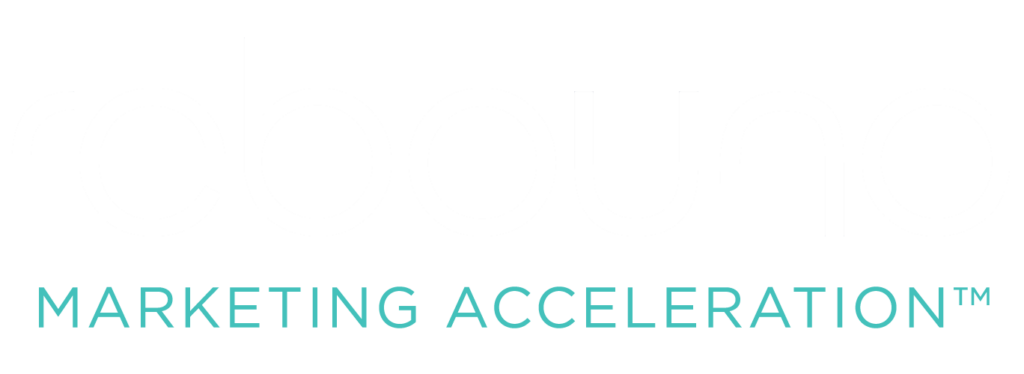Introduction
Building an in-house marketing team in the life sciences technology sector comes with unique challenges, specialized knowledge requirements, complex products, and lengthy sales cycles make it both time-consuming and expensive. This is precisely where outsourced marketing becomes not just an option, but a strategic advantage.
When we talk about outsourced marketing in life sciences tech, we refer to bringing in external experts who can handle specialized marketing functions. This approach gives you access to niche expertise, cutting-edge technologies, and scalable solutions without the overhead costs of a full-time team. For life sciences technology companies navigating rapid digital transformation, outsourcing offers the agility to adapt quickly to market demands while navigating complex regulatory landscapes.
As life sciences tech companies embrace technologies like advanced analytics, AI, and machine learning to drive innovation and efficiency, new challenges emerge—particularly around securing specialized talent and protecting sensitive data. This guide will walk you through actionable strategies to leverage outsourced marketing effectively while avoiding common pitfalls.
Why Marketing in Life Sciences Demands a Different Approach
Before we explore outsourced marketing strategies, let’s acknowledge what makes marketing in this sector uniquely challenging:
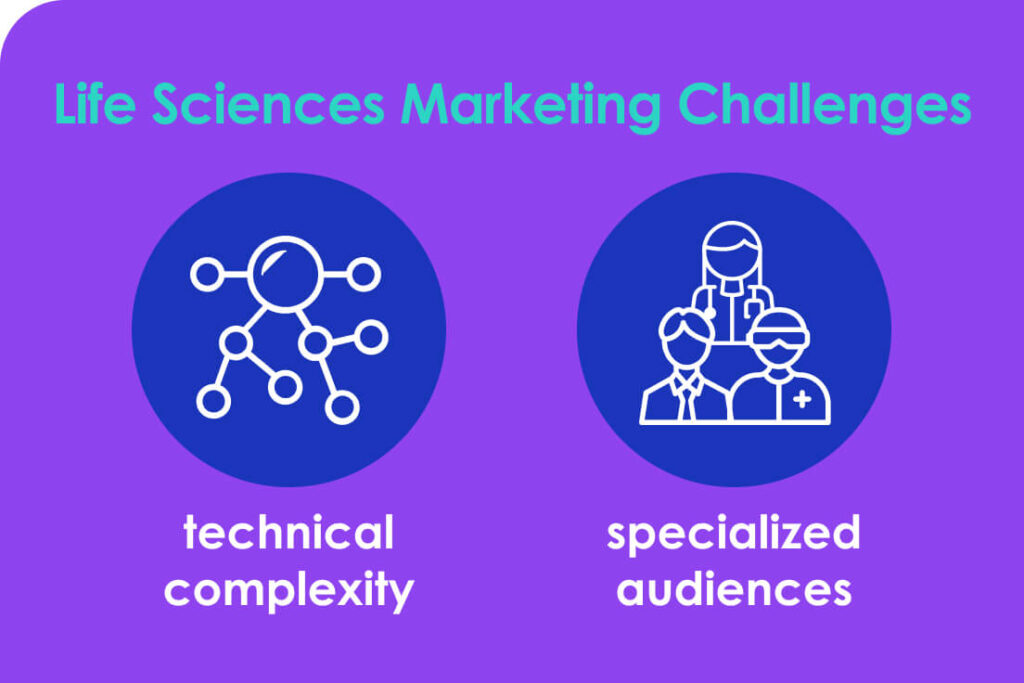
Technical Complexity That Defies Simple Messaging
Life science technology products incorporate intricate technologies, often with sophisticated data, and advanced scientific principles. The real art lies in translating this complexity into messaging that resonates with diverse stakeholders without sacrificing accuracy or depth.
Audiences With Highly Specialized Needs
From scientists and researchers to healthcare providers, regulators, and investors, each stakeholder brings different expertise, priorities, and decision-making frameworks. Crafting tailored messages that speak directly to these specialized audiences requires deep domain knowledge.
5 Essential Do’s of Outsourced Marketing
1. Outsource a Complete Marketing Team, Not Just Isolated Functions
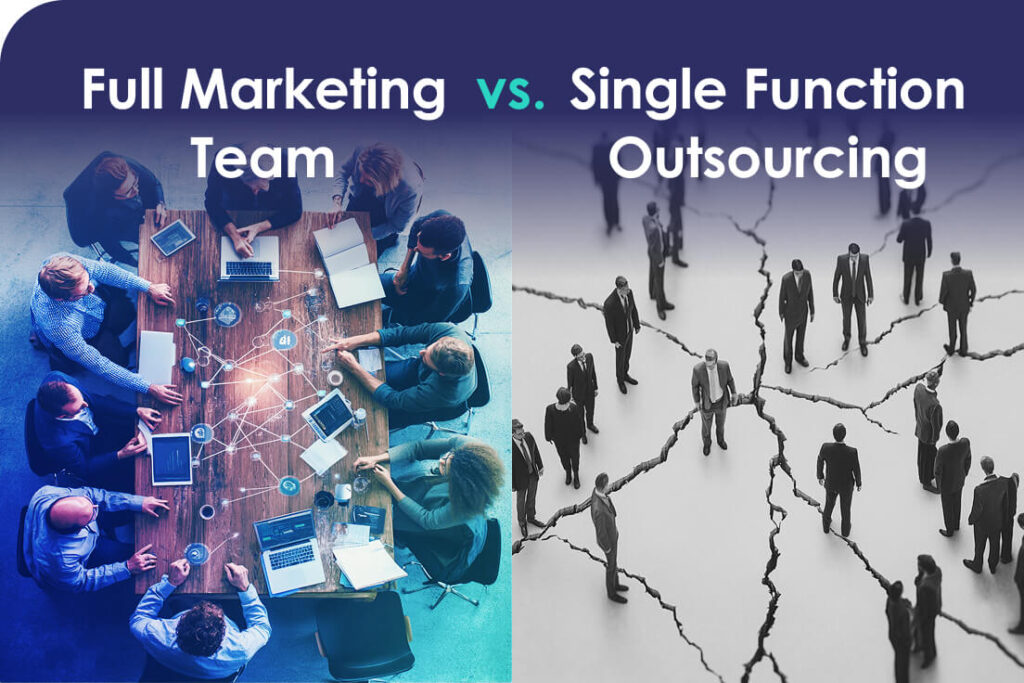
Outsourcing scattered elements like social media or content writing often creates fragmented execution and inconsistent messaging. Life sciences tech companies, with their complex value propositions and extended sales cycles, need integrated marketing strategies spanning multiple disciplines.
A unified outsourced team brings complementary skills working in harmony—from strategic planning and content creation to digital campaigns and analytics. This holistic approach ensures cohesive messaging across channels and allows for agile adjustments based on real-time insights. For life sciences tech executives, the difference between tactical activity and strategic impact often comes down to partnering with an agency that provides a complete team rather than piecemeal services.
2. Treat Your Outsourced Team as an Extension of Your Company
The most successful outsourced marketing partnerships blur the line between internal and external teams. This starts with thorough onboarding—immersing the outsourced team in your company culture, strategic objectives, and processes to ensure seamless alignment.
Begin with a comprehensive discovery process that clearly defines responsibilities, sets expectations, and introduces the outsourced team to key stakeholders. Give them access to necessary tools and include them in regular meetings. When your outsourced team feels like a genuine extension of your commercial operations, communication flows naturally, collaboration flourishes, and joint decision-making becomes more effective.
3. Build a Solid Strategy Before Jumping to Tactics
One of the most common mistakes companies make is leaping into tactical execution without a coherent strategy. Most internal teams lack the diverse expertise required for comprehensive marketing—from strategy and project management to specialized content creation, design, digital marketing, and social media.
Before launching campaigns, develop a clear understanding of customer insights, craft differentiated messaging, and create a cohesive go-to-market plan. This means thoroughly analyzing who needs your solution, who’s interested, and how your product addresses specific pain points. Start by gathering fundamental data about your current customers, their demographics, spending patterns, and priorities. This foundation ensures that every marketing initiative is purposeful and targeted.
4. Leverage Outsourced Marketing During Critical Transition Phases
Outsourced marketing teams provide exceptional value during periods of growth, resource constraints, or when specialized expertise becomes necessary. A well-designed marketing infrastructure created by expert outsourced partners ensures optimal allocation of funding, time, and effort to maximize ROI and support revenue growth.
The flexibility and scalability of outsourced teams allow companies to adapt quickly without the long-term commitment of hiring full-time staff. Beyond cost efficiency, this model lets you scale marketing resources up or down based on specific projects or seasonal demands.
5. Establish Clear Communication Channels and Accountability Frameworks
Regular check-ins, performance reviews, and transparent communication are essential for successful outsourced partnerships. Establish specific, quantifiable KPIs at the outset that directly align with business goals and conduct regular performance reviews to drive timely strategy adjustments.
Companies that successfully implement outsourced models define clear scope and expectations upfront while regularly reviewing impact. Setting measurable KPIs ensures that outsourced teams remain accountable and focused on delivering tangible results. Implement regular check-ins to inform stakeholders about progress, provide constructive feedback, and track milestones using a shared scorecard.
4 Critical Don’ts of Outsourced Marketing
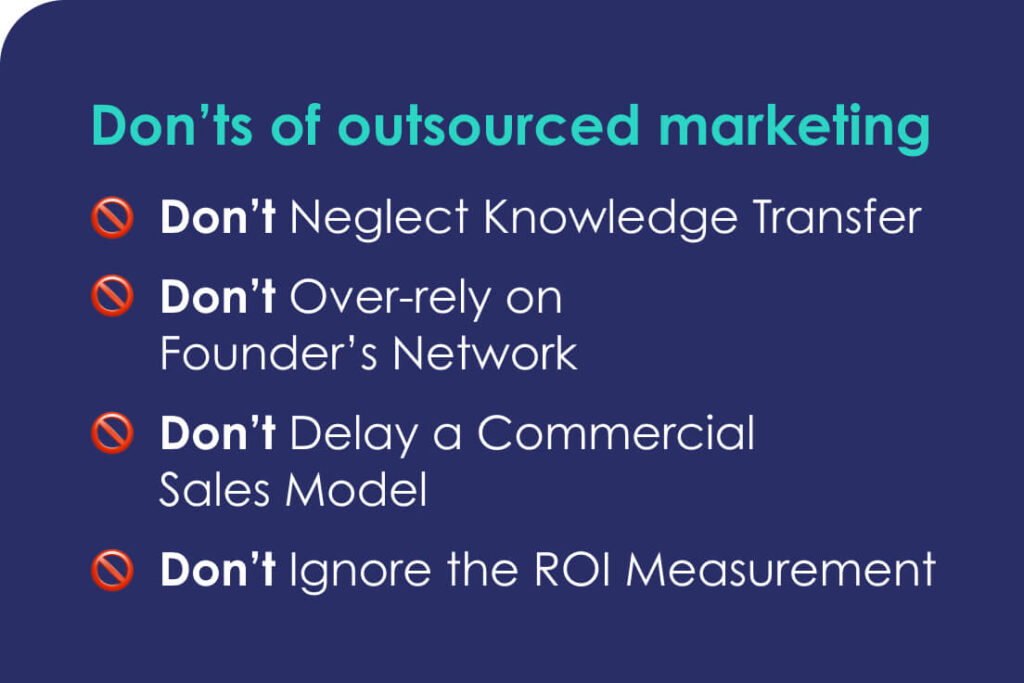
1. Don’t Let Valuable Knowledge Walk Out the Door
Failing to document processes and insights gained during the outsourced engagement leads to lost institutional knowledge. Many executives worry about expertise “walking out the door” when the partnership ends.
Choose an outsourced partner who meticulously documents their approaches in detailed playbooks and actively trains your internal team members. This knowledge transfer ensures that valuable insights and methodologies remain within your organization even after the engagement concludes.
2. Don’t Rely Solely on the Founder’s Network and Hustle
While founder connections can open initial doors, relying exclusively on personal networks without a formal marketing strategy limits scalability. Comprehensive market research is essential to position effectively against competitors and carve out a distinct market position.
A structured approach, including thorough market analysis and strategic planning, provides the foundation for sustainable growth. Life science tech marketers must stay current with both scientific advances and marketing trends. External partners often serve as valuable conduits for this information, infusing fresh insights into your marketing programs.
3. Don’t Delay the Transition to a Structured Commercial Sales Model
As companies grow, founder-led sales can become a significant bottleneck. When your sales team starts pressuring marketing for more high-quality leads, it often signals unrecognized gaps in your marketing program.
A specialized marketing agency can help identify these gaps and develop strategies to overcome them, improving both the quantity and quality of qualified leads. Moreover, they can help address the common challenge of sales-marketing alignment, ensuring leads move seamlessly between teams to deliver new customers consistently.
4. Don’t Overlook the Challenges of Measuring Marketing ROI
Measuring return on investment in life science tech marketing presents several unique challenges, including visibility issues, attribution complexity, lack of control over the sales cycle, multiple buyer types, and methodology variations.
While a comprehensive ROI figure can be elusive, meaningful measurements are still possible. The “return” manifests as completed sales, while the “investment” occurs across multiple touchpoints throughout the marketing process. To effectively measure your marketing strategy, you must thoroughly understand the types of buyers you’re targeting—beyond simple demographics. Once you’ve defined and validated your buyer personas, you can develop marketing strategies that incorporate lead profiling and meaningful measurement.
The Strategic Advantages of Outsourced Marketing in Life Sciences Tech
Access to Specialized Expertise When You Need It
Modern marketing in life science technology requires diverse expertise spanning strategy, project management, content creation, design, digital marketing, and social media. Many internal teams lack this range of specialized skills, and some capabilities are only needed periodically, making outsourcing particularly cost-effective.
Cost Efficiency Without Sacrificing Quality
While outsourcing marketing services requires investment, it’s typically more cost-effective than building and maintaining an internal team with comparable expertise. Experienced agencies often deliver higher ROI through their specialized knowledge, talent depth, and technology access.
Unmatched Flexibility and Scalability
Outsourcing to a specialized marketing agency allows you to maintain results while optimizing costs. It enables you to scale marketing efforts based on current needs without investing in permanent team expansion—an important consideration during growth phases or market fluctuations.
Access to Advanced Technology Infrastructure
Outsourced marketing partners provide access to specialized marketing tools and emerging technologies that would be costly to implement independently. These technologies automate and streamline marketing processes while empowering both sales and marketing teams with valuable insights.
Conclusion
For life sciences technology companies navigating complex markets and rapid innovation, outsourced marketing offers a strategic pathway to enhanced marketing capabilities. By integrating external teams, prioritizing strategic planning before tactical execution, and leveraging outsourced expertise during critical growth phases, companies can effectively address industry-specific challenges.
Avoiding common pitfalls—such as neglecting knowledge transfer, over-relying on personal networks, and delaying necessary organizational transitions—ensures that outsourced marketing drives sustainable growth rather than creating dependencies.
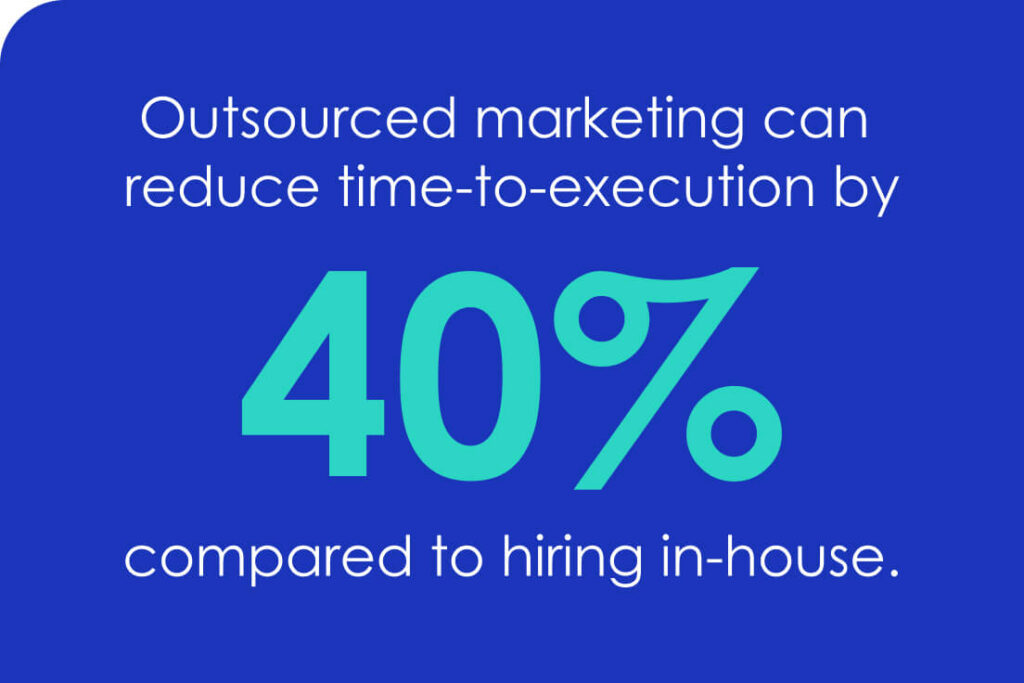
As the life sciences technology landscape continues to evolve, marketing strategies must evolve in parallel. Building an effective marketing approach requires a combination of deep research, strategic planning, and precise digital execution. By leveraging specialized expertise through strategic outsourcing, life sciences tech companies can drive growth and differentiation in an increasingly competitive market.
For life sciences technology executives, outsourced marketing presents a powerful opportunity to access specialized expertise, scale operations efficiently, and adapt swiftly to market demands. Implementing these strategies thoughtfully positions your organization to thrive amid industry complexity and rapid innovation.

